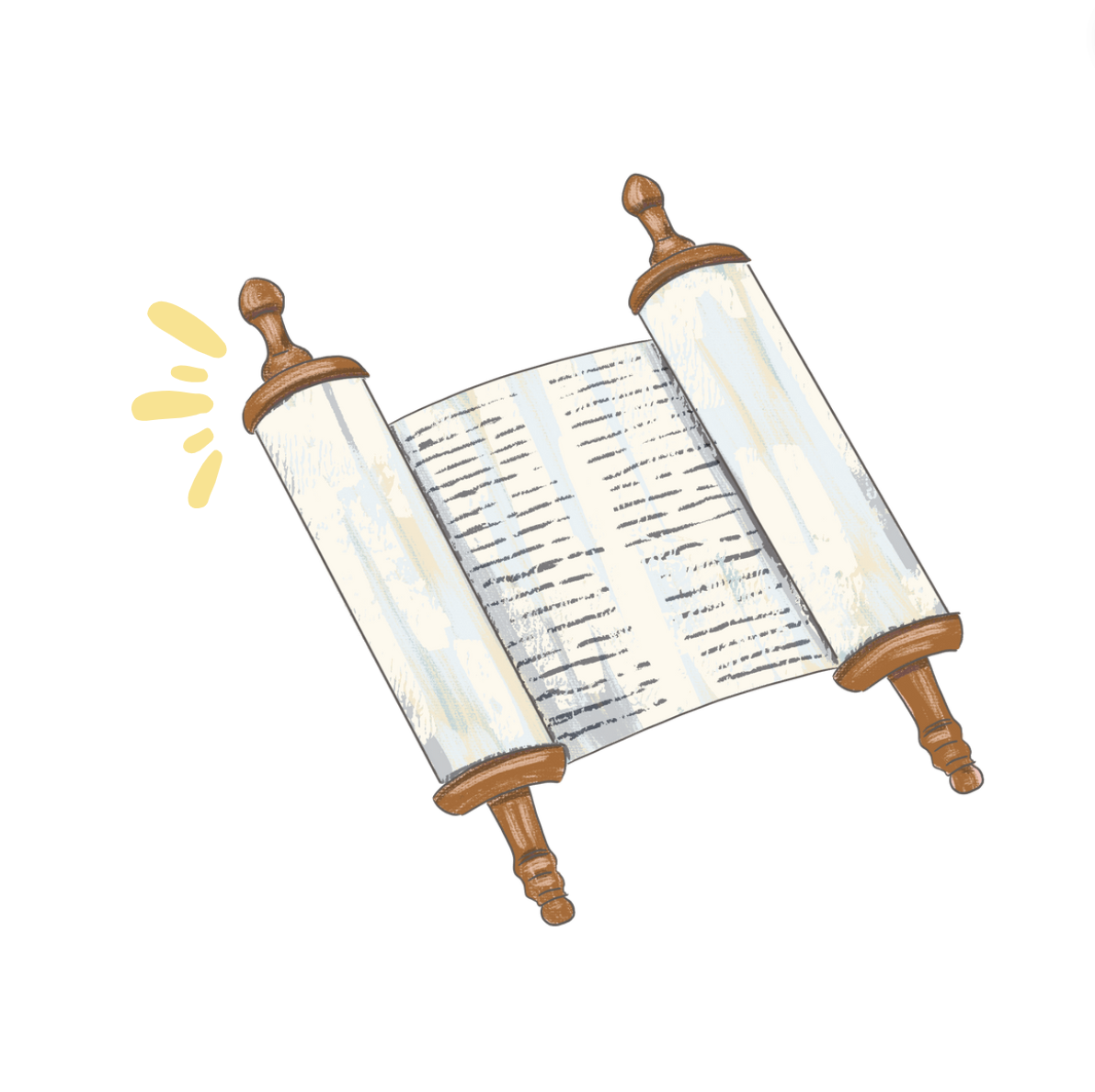Perhaps it was preordained that the Eagles are in the Super Bowl this year. Of all 54 Torah portions, who knew that we would read Parashat Yitro this very week, in which God invokes the powerful bird?
The coming weekend will undoubtedly be a big one for Philly fans, but this Shabbat marks something even greater in the narrative of our Torah: The giving of the Ten Commandments at Mount Sinai.
As God prepares Moses and the Israelites for this momentous and transformative experience, God shares the purpose behind these sacred commandments:
“‘You have seen what I did to the Egyptians, how I bore you on eagles’ wings (עַל־כַּנְפֵ֣י נְשָׁרִ֔ים) and brought you to Me. Now then, if you will obey Me faithfully and keep My covenant, you shall be My treasured possession among all the peoples. Indeed, all the earth is Mine, but you shall be to Me a kingdom of priests and a holy nation.’”
Before God gives the Ten Commandments to the Israelites, Moses is instructed to remind the people of God’s devotion and love during the Israelites’ most trying and terrifying moments. The metaphor that God employs—carrying the Israelites on eagles’ wings—is a resonant one. In a difficult time, imagine being scooped up and swiftly carried out of danger, protected and embraced by the wings of a mighty bird. There’s something comforting and profound about this image.
Rashi, the medieval French commentator, elaborates on the metaphor:
Scripture uses this metaphor because all other birds place their young between their feet since they are afraid of another bird that flies above them, but the eagle fears none except humans — apprehending that perhaps he may cast an arrow at it — since no bird can fly above it; therefore he places it (its young) upon its wings, saying, “Better that the arrow should pierce me than my young!” (Mekhilta d’Rabbi Yishmael 18:4:3). — “I, too”, said God, “did thus”: (Exodus 14:19, 20) “And the angel of God … journeyed etc…. And he came between the camp of Egypt etc.” … and the Egyptians were casting arrows and stone missiles and the cloud caught these (cf. Rashi on these verses).
Just as the eagle protects its young from above and below—by flying high over the other birds and by shielding them from the arrows that humans might cast—God did the same for the Israelites, completely enveloping them in the Divine embrace as they escaped Pharaoh’s army.
With this reminder of God’s commitment and faithfulness to the Israelites, they are now ready to accept the responsibilities and obligations that will establish a sacred and everlasting covenant between God and the Jewish people. After all, what is the purpose of the Ten Commandments, and of all the rules set forth in the Torah? While the first five commandments describe the obligations of humans toward God, the last five outline human obligations to each other: To build a society of freedom, where we support and show up for one another, ready to carry each other through hard times, on eagles’ wings, just as God did for us during the exodus from Egypt.
No matter who we are rooting for this weekend, may we all feel united in our shared story, and in our commitments to each other.
Shabbat shalom,
Deena


